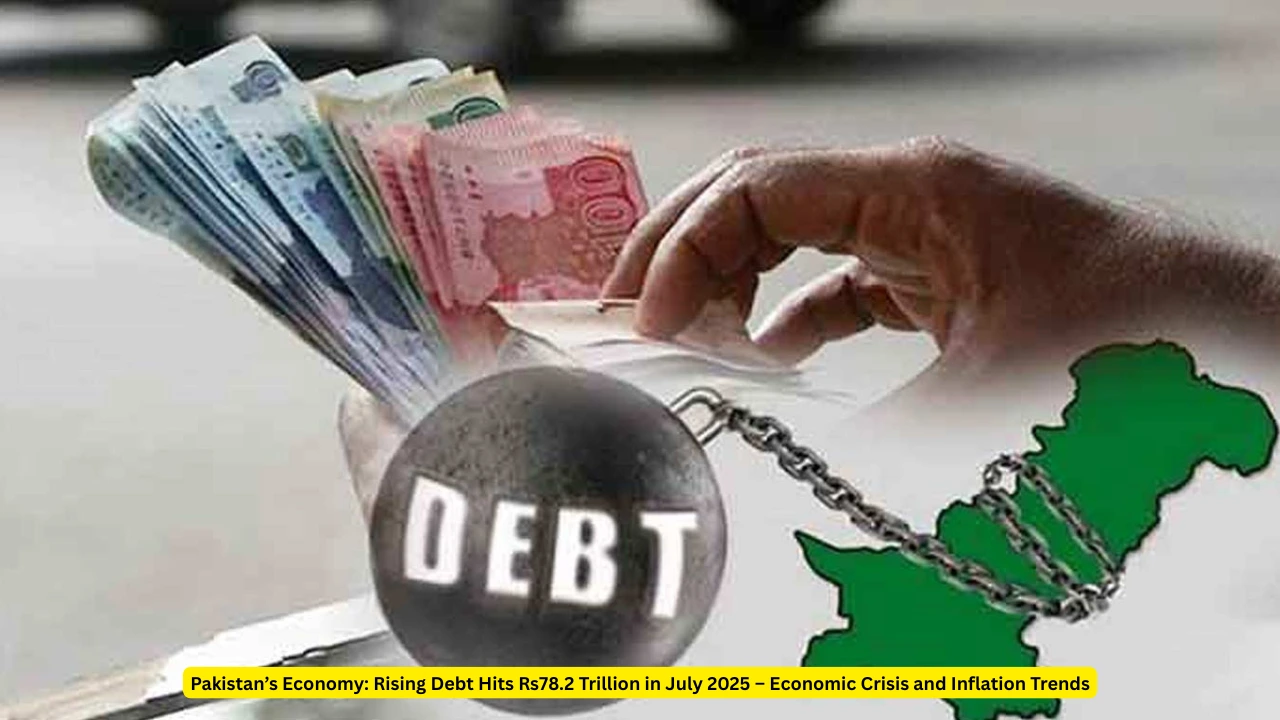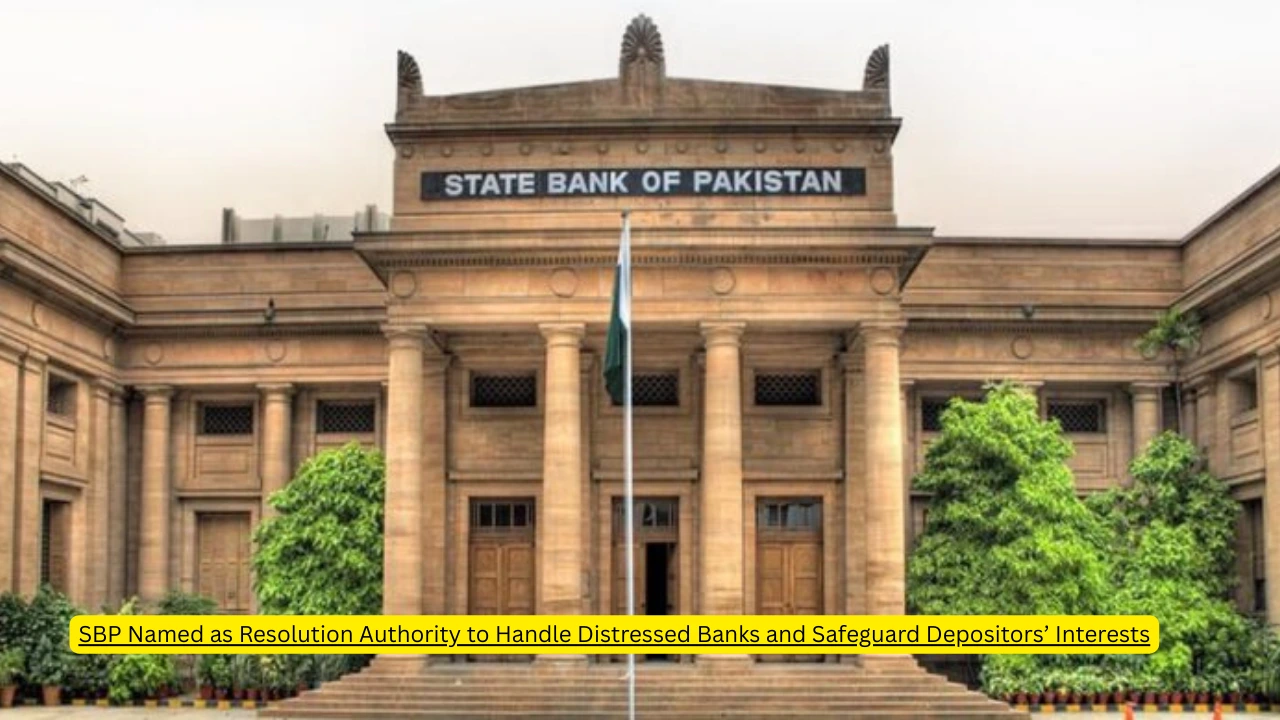Pakistan’s economy is once again under pressure as the country’s total debt and liabilities surged to Rs78.2 trillion in July 2025. This alarming rise highlights the ongoing economic crisis, inflation, and dependence on foreign loans. While experts expected some relief after IMF agreements, the numbers show that Pakistan’s financial burden is still growing.
Economic Crisis Deepens in 2025
Pakistan’s economy is facing one of its toughest years. Rising debt is not just a number on paper — it directly impacts the cost of living, employment, and investment.
- High debt means the government spends more on debt servicing than on health or education.
- Public sector development programs are shrinking as funds are diverted to pay off interest.
- Confidence among investors remains weak, adding pressure on the stock market and rupee.
The debt figure of Rs78.2 trillion reflects both domestic borrowing and external loans.
Inflation in Pakistan: The Hidden Cost of Rising Debt
One of the biggest side effects of rising debt is inflation. In July 2025, inflation in Pakistan remains in double digits, making everyday essentials expensive for ordinary families.
- Prices of food items like wheat, sugar, and cooking oil remain high.
- Utility bills and fuel costs continue to rise.
- The middle class is shrinking as more people are pushed below the poverty line.
Experts link this inflation directly to rupee devaluation and the government’s struggle to stabilize the economy.
IMF Loans and Conditionalities
Pakistan’s dependence on the International Monetary Fund (IMF) continues. While IMF loans provide temporary relief, they come with strict conditions.
- Subsidy cuts on fuel and electricity add to inflation.
- Increase in taxes affects small businesses and consumers.
- Limited government spending slows down economic growth.
The cycle of borrowing from IMF and repaying old loans has made the debt situation worse.
External Debt and Rupee Devaluation
A large portion of Pakistan’s Rs78.2 trillion debt is external debt owed to foreign lenders, including China, Saudi Arabia, and multilateral organizations. With the rupee losing value against the dollar, repaying these loans has become even more expensive.
- Every time the rupee falls, Pakistan needs more money to pay back the same loan.
- Import bills for oil, machinery, and food items increase, adding pressure on foreign reserves.
- The current account deficit remains a major challenge.
The Way Forward: Can Pakistan Overcome the Debt Crisis?
Pakistan needs urgent reforms to deal with the rising debt. Experts suggest:
- Expanding exports instead of depending on imports.
- Tax reforms to bring more people and businesses into the tax net.
- Reducing government expenditure by cutting unnecessary subsidies.
- Attracting foreign investment to boost reserves.
Without structural changes, Pakistan’s debt will continue to rise, leading to more inflation, unemployment, and poverty.I f you read more about”HBL Partners with NCCPL” click it.


